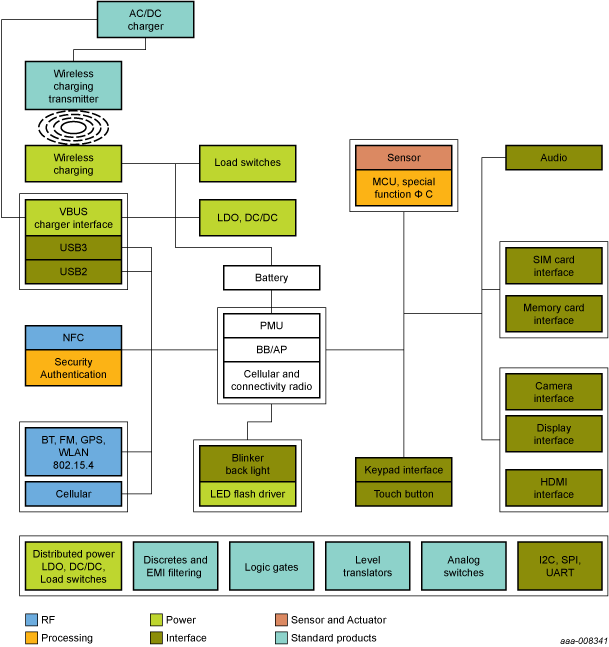
NXP RF plasma lighting solutions
NXP’s understanding of RF technology has enabled some of the most rugged devices in the industry – know-how that we have instilled into our RF lighting transistors. The very high efficiency of our LDMOS transistors also allows RF lighting to have an excellent Lumen / Watt, beating conventional sources.
Technology behind RF plasma lighting
Very recently developments in RF power technology – such as decreasing $/W RF power level and strongly increasing power density up to 1000 W per single transistor device – have enabled a breakthrough light source technology: RF plasma lighting.
Basically, the technology makes use of a small, electrodeless quartz light bulb which contains argon gas and metal halide mixtures. The bulb is powered by directed RF radiation, which ignites the gas mixtures, creating and powering a very bright plasma, the color of which can be tuned by the composition of the plasma constituents.
Long lifetime of RF plasma lighting
This technology works without any additional electrodes in the bulb, unlike standard high intensity discharge lamps. No electrodes means very long operating lifetimes, since contamination and wire erosion that lead to decreased efficiency and eventual lamp failure are precluded. The RF light source reaches 50,000 hrs (50% reduction in light output), compared to only 20,000 hrs for typical high intensity discharge lamps. Another strong point of plasma light is its efficiency: 1 W of RF power is converted to 140 lm of light.
RF plasma lighting versus the contenders
The plasma light source outshines most of the competitors. Of key importance is its high brightness per bulb: much brighter than LEDs for example. LED luminaires for street lighting will be considerably larger than those for plasma light sources. Given the high brightness per bulb, the plasma light currently enters the market for applications requiring more than 5000 lm per luminaire, such as street and stage lighting.
RF implications
The RF driven plasma light is a perfect example for novel applications that can be powered by RF energy in the ISM realm. Established technology already uses RF to power a gas discharge in a laser cavity. These, and most ISM, applications form highly mismatched RF loads. In the event of gas discharges, the gas cavity acts as an open circuit during switch-on – so all the ‘injected’ RF power is reflected back into the amplifier’s final stage and needs to be dissipated in the transistor. After the discharge, the load impedance eventually reverts to ‘matched’ and the transistor sees a normal load. Obviously, these mismatched circuits occur every time the plasma is switched on, hence the final transistors must be extremely rugged to withstand these situations. NXP offers the right solution.
Download Full Block Diagram Below
Advertisement

Learn more about NXP Semiconductors





